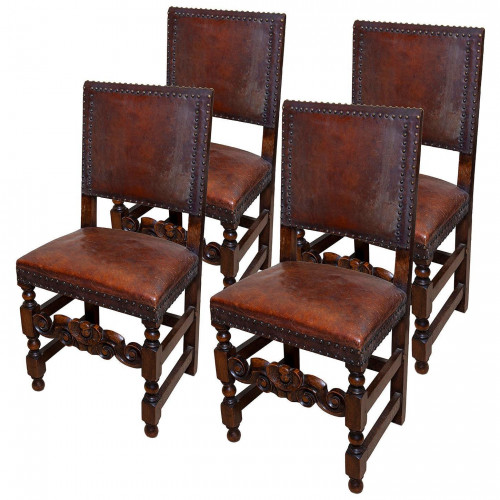Lilies
10208
SIR JACOB EPSTEIN
(British, 1880-1959)
Lilies
Signed, pencil & gouache, Executed in 1936
In a hollow moulded, gilded frame
Removed from hard board and relaid on conservation paper and reframed.
SIR JACOB EPSTEIN 1880-1959
Painter and pioneer sculptor, Epstein was born in New York in 1880 to Polish Jewish refugee parents. Suffering from pleurisy as a child, Epstein became interested in drawing during his long periods of illness. He attended art classes at the Art Students League of New York in 1896 and by 1899 he was working in a bronze foundry during the day and studying drawing and sculptural modeling at night. Epstein's first major commission was to illustrate Hutchins Hapgood's Spirit of the Ghetto: Studies of the Jewish Quarter of New York. The proceeds of this commission funded Epstein's move to Paris in 1902, where he studied at the École des Beaux Arts and the Académie Julian. Epstein settled in London in 1905 and after marrying Margaret Dunlop he became a British citizen in 1907.
A visit to Paris in 1912-13 allowed Epstein to meet Picasso, Brancusi and Modigliani, who shared his interest in primitive art and on his return in 1913 he held his first one-man exhibition at the Twenty One Gallery, Adelphi, London. In the same year Epstein helped found the London Group, artists who were reacting against naturalism, observational depictions or reproductions of nature with no personal artistic and creative input. Epstein was also involved from 1913 to 1915 in the short-lived Vorticist movement and it was during this period he executed one of his best known sculptures, The Rock Drill.
Controversy often surrounded Epstein's work, his nude figure groups in Day and Night, 1929, which he created for London Underground's headquarters building in Broadway were considered indecent and had to be modified. While his pagan interpretation of Christian stories, Genesis (1931), Ecce Homo (1935), Consummatus Est (1937) and Adam (1939), exhibited in Blackpool, were also shown in the anatomical curiosities section in Louis Tussaud's waxworks, a slight which may have influenced Epstein's decision to concentrate further on Portrait sculpting.
Epstein's bronze busts and figures ensured his financial success and are one of his trademarks, recognizable through their roughly textured surfaces and intense facial details.
Epstein rented a house in Loughton, Essex in the mid-1920s, no 49, Baldwins Hill, and in 1933 he moved to no 50, Baldwins Hill where he produced his portrait bronzes alongside many paintings of flowers and nearby Epping Forest. In the 1930's Epstein was asked to paint flowers by a firm of Dutch art dealers. As with his many watercolours of Epping Forest, Epstein's enthusiasm ran away with him. He later wrote in his autobiography 'Let There be Sculpture', 'I said I would paint twenty, in the end I painted sixty. Not content with this, I went on painting, giving up sculpture for the time being, and painted three hundred more. I lived and painted flowers. My rooms were piled with flowers, and this was a wonderful and colourful period'. Reference : Tate, Dahlias and Sunflower, circa 1936 & Dahlias, circa 1936
Epstein left Loughton in 1950, moving to Hyde Park Gate, which had long been his London home. In 1953 the Arts Council mounted a retrospective exhibition of Epstein's work at the Tate Gallery and in 1954 he received a knighthood. On 19th August 1959, although he was ill, he worked at his studio at Hyde Park Gate on a sculpture for Bowater House, discussing the casting of it with his bronze moulder but died that night.
The National Portrait Gallery holds a self-portrait in bronze of Epstein and his works are in the collections of the Tate Gallery, Yale Center for British Art, Conneticut, National Galleries of Scotland, Edinburgh and Museum of Modern Art, New York. Two of his sculptures, Rima (W.H.Hudson Memorial) and Rush of Green are located in Hyde Park.
Signed, pencil & gouache
British
Arthur Tooth & Sons, 155 New Bond Street, London W1













